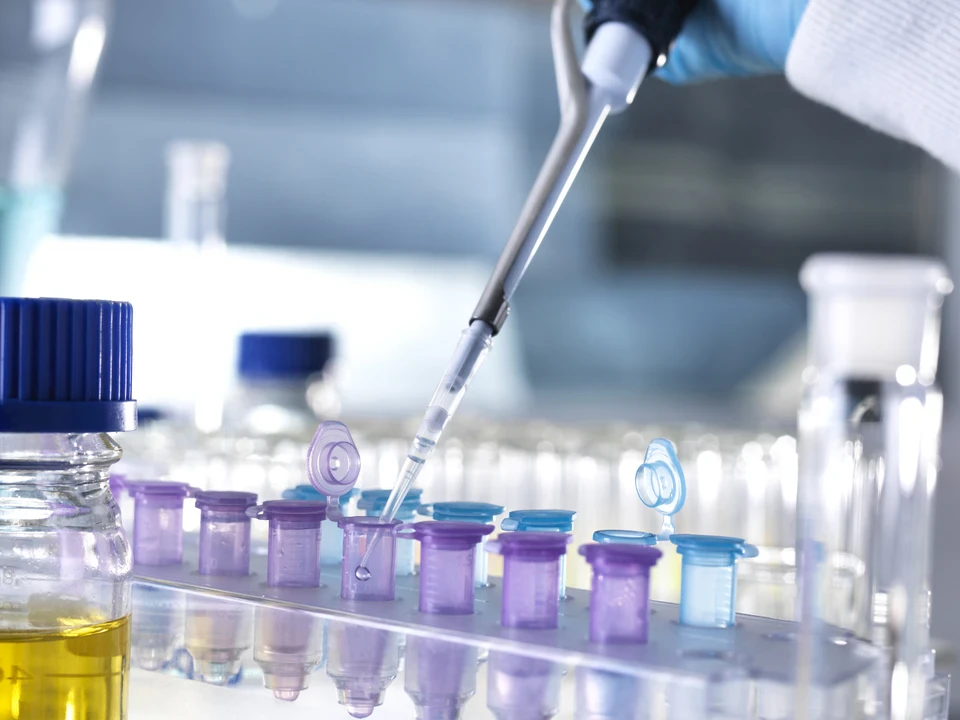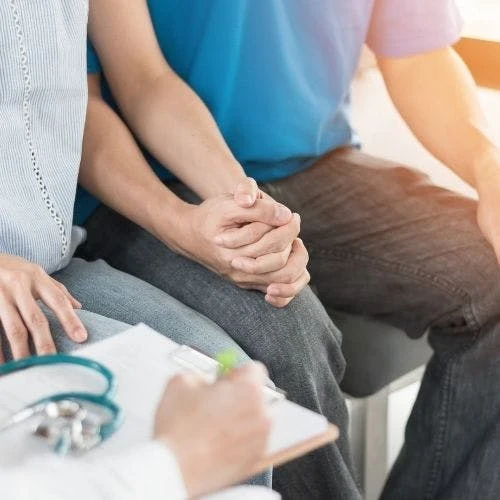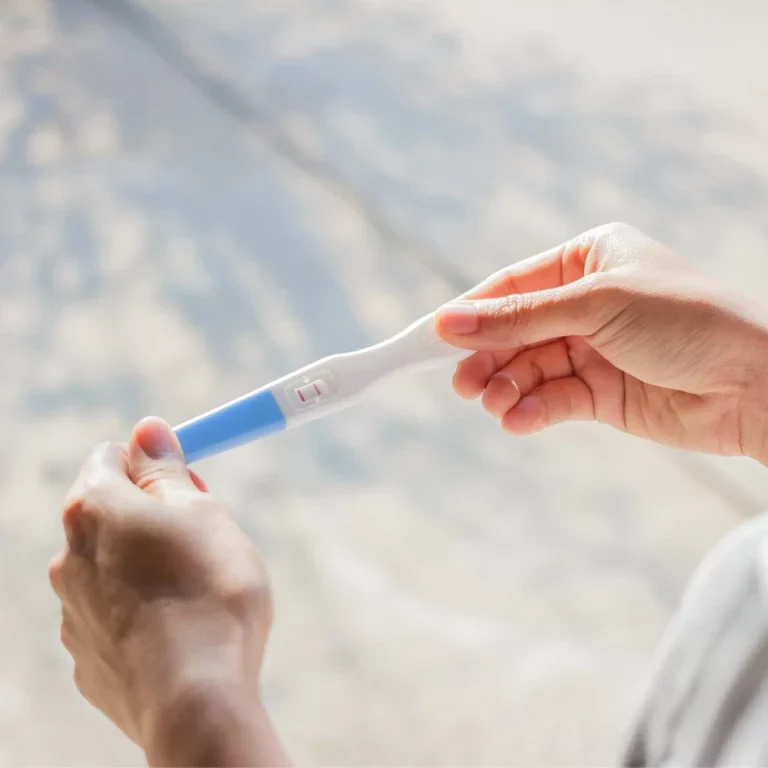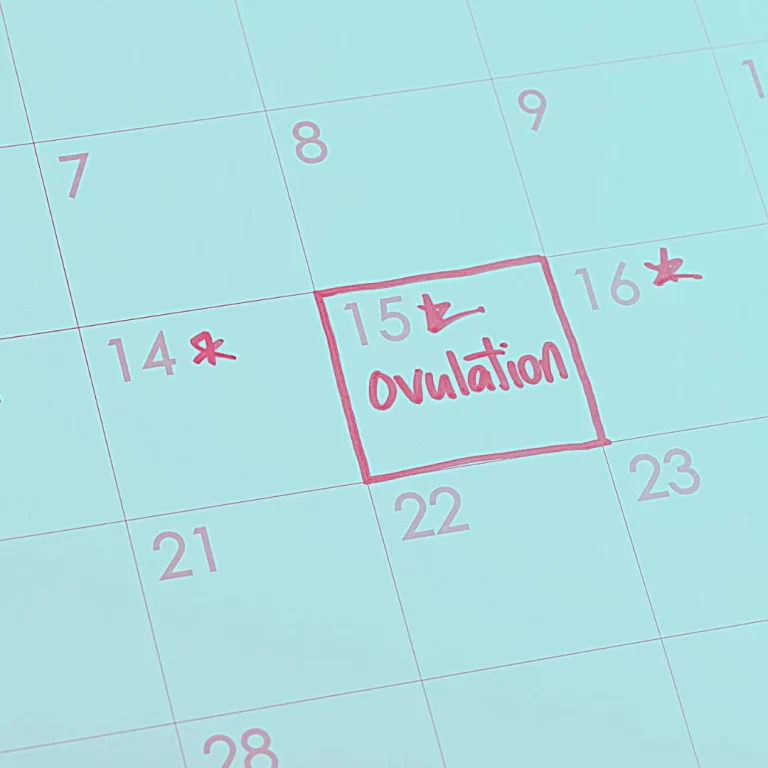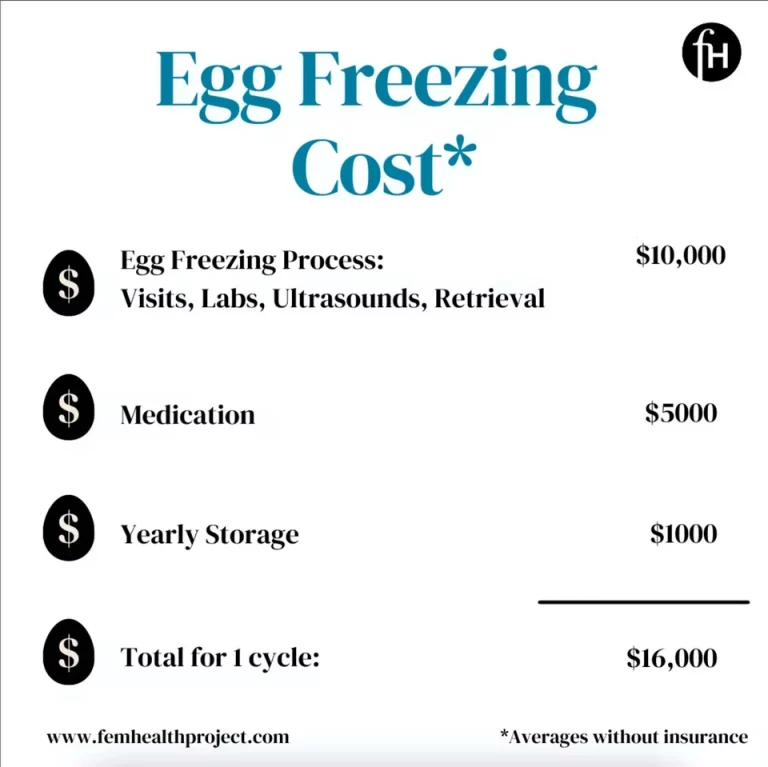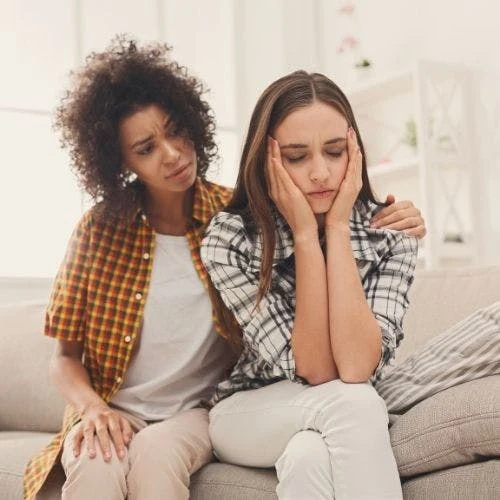How to know if you have PCOS or Polycystic Ovarian Syndrome?
PCOS is also known as Polycystic Ovarian Syndrome. It is a hormonal imbalance that occurs in some women and adolescent girls. The condition is so common, up to 10% of all women may have PCOS. (Dumesic, Daniel A et al. )That means that one in every 10 girls or women have PCOS. So for example, if there is a room of 100 girls, 10 of them will have PCOS.
Symptoms of PCOS:
Girls with PCOS have problems with their period. Some girls have no periods, whereas others can have very frequent periods. If your period happens more often than every 21 days or less often than every 45 days you should see your doctor as this can be a sign of PCOS. Some girls can go a year or more with no periods. It is important to understand, however, that menstrual periods can be irregular for up to two to three years after a girl starts having her period. Most physicians will wait to diagnose PCOS until a girl hs had her period for at least 2 years before saying it is irregular. (Legro, Richard S et al.
Girls with PCOS can also have increased hair on their bodies in places that girls and women do not like to have hair such as their face, stomach, chest and lower back. Some girls with PCOS can also have severe acne.
Girls with PCOS can also have a harder time losing weight or can gain weight more easily. Girls and women with PCOS also can have a higher risk of developing high blood sugars or a condition like Type 2 diabetes.
Some girls with PCOS can also have feelings of sadness, anxiety or depression.
If you are diagnosed with PCOS, this does not mean that you have “cysts” on your ovaries. Girls with PCOS usually have normal looking ovaries but they may look slightly bigger than normal. The enlarged ovaries usually do not cause any pain.
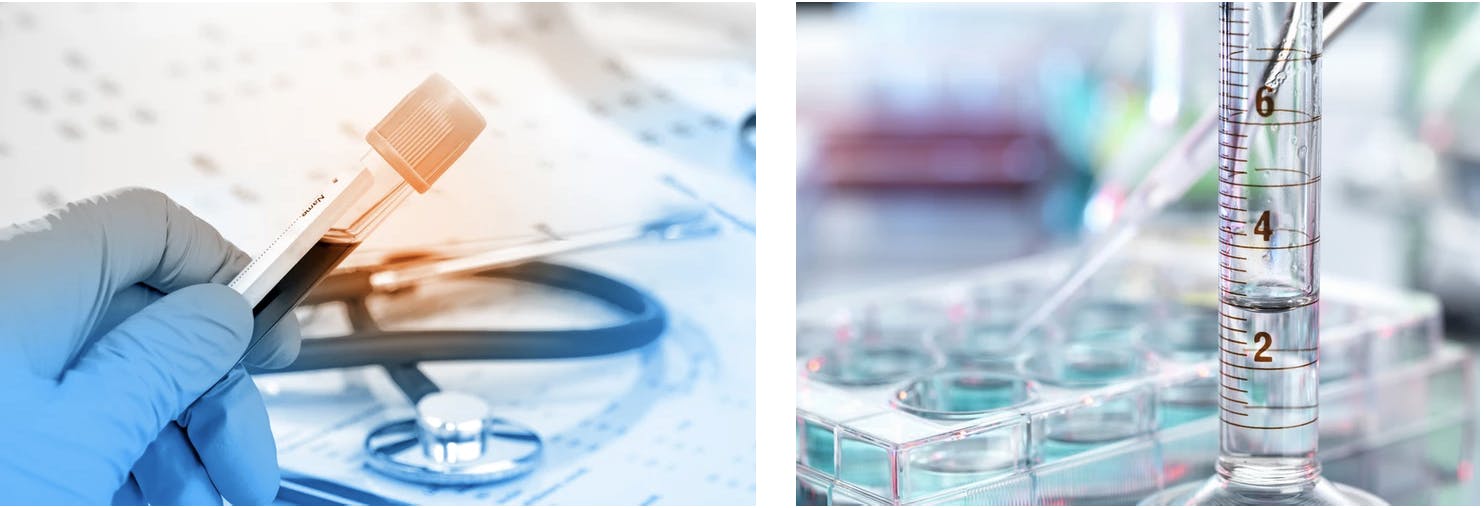
What Causes PCOS?
Doctors don’t know the exact cause of PCOS but it is thought to be genetic, meaning that someone in the girl’s family most likely has PCOS as well but this is not always the case. In PCOS, there are specific hormones called androgen hormones that are higher than normal. One of these androgens is called testosterone and it is higher than normal. This imbalance in androgen hormones can cause the periods to be irregular because these hormones can prevent an egg from being released from the ovary every month. The higher testosterone level can also cause girls to have an increase in facial and body hair and can cause acne.
What will happen when I visit my Doctor?
Usually your doctor will talk to you first about your symptoms and family history. Then they will want to do a physical exam. They will usually want to order some blood tests to help figure out if you have PCOS. Sometimes, an ultrasound of the ovaries is done to help understand if you truly have PCOS.
What is the treatment for PCOS?
Related: Best Age To Get Pregnant With PCOS: Fertility Options
The treatment of PCOS is geared towards what specific symptoms you have and what is bothering you the most.
If you have irregular periods, usually the first line treatment is birth control pills. Many of the symptoms of PCOS like irregular periods, acne and frequency of growth of hair on the face and body can be controlled with birth control pills.
You may also need to be treated by a dermatologist or laser specialist for acne and hair growth.
For girls that are overweight, doctors will recommend weight loss with diet changes and exercise to prevent further weight gain or to start a weight loss program.
Exercise and weight loss sometimes can help periods become more regular and they can help prevent diabetes. Exercise is also help with mood symptoms including anxiety and depression.
Another commonly prescribed medication is metformin which is a medicine used to treat diabetes. Sometimes at higher doses of this medication, menstrual periods can return to normal.( Legro, Richard S, et al).
Once girls are treated for PCOS, they generally are very well controlled. Girls and women with PCOS may be an increased risk of developing type 2 diabetes in the future. They may have a hard time getting pregnant in the future but this is not always the case. Girls and women should still use birth control pills to help prevent unwanted pregnancies if they are sexually active.
Your doctor is always a good resource if you have other questions.
References:
Dumesic, Daniel A et al. “Scientific Statement on the Diagnostic Criteria, Epidemiology, Pathophysiology, and Molecular Genetics of Polycystic Ovary Syndrome.” Endocrine reviews vol. 36,5 (2015): 487-525. doi:10.1210/er.2015-1018
Legro, Richard S et al. “Diagnosis and treatment of polycystic ovary syndrome: an Endocrine Society clinical practice guideline.” The Journal of clinical endocrinology and metabolism vol. 98,12 (2013): 4565-92. doi:10.1210/jc.2013-2350
Witchel SF, Oberfield SE, Peña AS. “Polycystic Ovary Syndrome: Pathophysiology, Presentation, and Treatment With Emphasis on Adolescent Girls. J Endocr Soc. 2019 Aug 1;3(8):1545-1573. doi: 10.1210/js.2019-00078. eCollection 2019 Aug 1. Review. PubMed PMID: 31384717; PubMed Central PMCID: PMC6676075.
Carmina E, Oberfield SE, Lobo RA. The diagnosis of polycystic ovary syndrome in adolescents. Am J Obstet Gynecol. 2010 Sep;203(3):201.e1-5. doi: 10.1016/j.ajog.2010.03.008. Epub 2010 May 1. Review. PubMed PMID: 20435290.
We discuss products we think are useful to people. If you buy something through our links, we may earn a commission. Remember to check with your personal physician to see if a product recommended is right for you.


